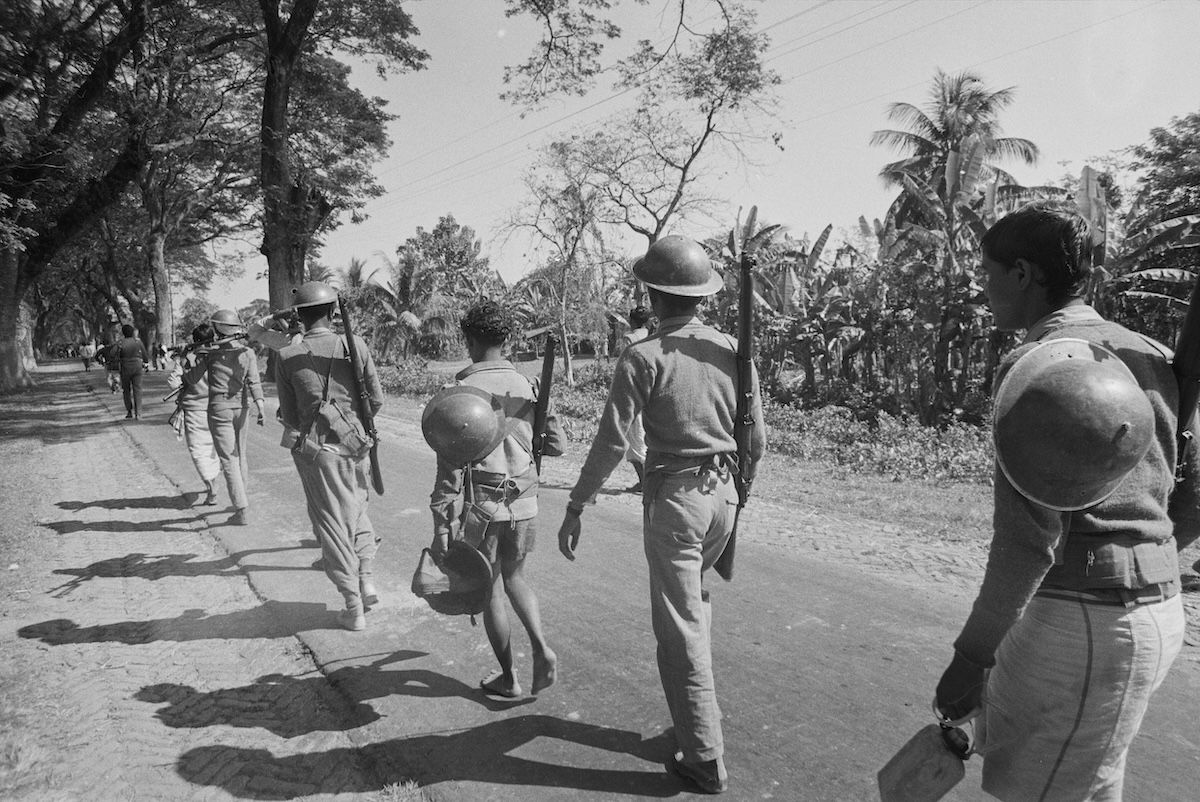What has been the Impact of the Creation of Bangladesh?
Beginning in March 1971, the Bangladesh War of Independence led to East Pakistan becoming a new nation state. Four experts assess the war’s legacy.

‘The “nation state” is the poisonous gift of European colonisation’
Sarmila Bose, Author of Dead Reckoning: Memories of the 1971 Bangladesh War (Hurst, 2011).
The creation of Bangladesh was a missed opportunity for India to reverse the British partition of Bengal. It was an error of judgement due to India’s tendency to think in terms of how to damage Pakistan, rather than what might benefit India.
At the end of the 1971 war, Pakistan was in disarray and the Indian army was in control of the territory of East Pakistan. Had Indira Gandhi annexed it as the new state of East Bengal within the Union of India and offered Sheikh Mujib the chief ministership, evidence suggests he would have accepted. He had few options. India has responded with an iron fist to any secessionist tendencies within the boundaries it was bequeathed by the British, holding large swathes of territory under military occupation, without Constitutional protections. By 1975 Indira Gandhi had annexed Sikkim and broken the ‘Lion of Kashmir’, Sheikh Abdullah, who agreed to be chief minister of Jammu and Kashmir.
